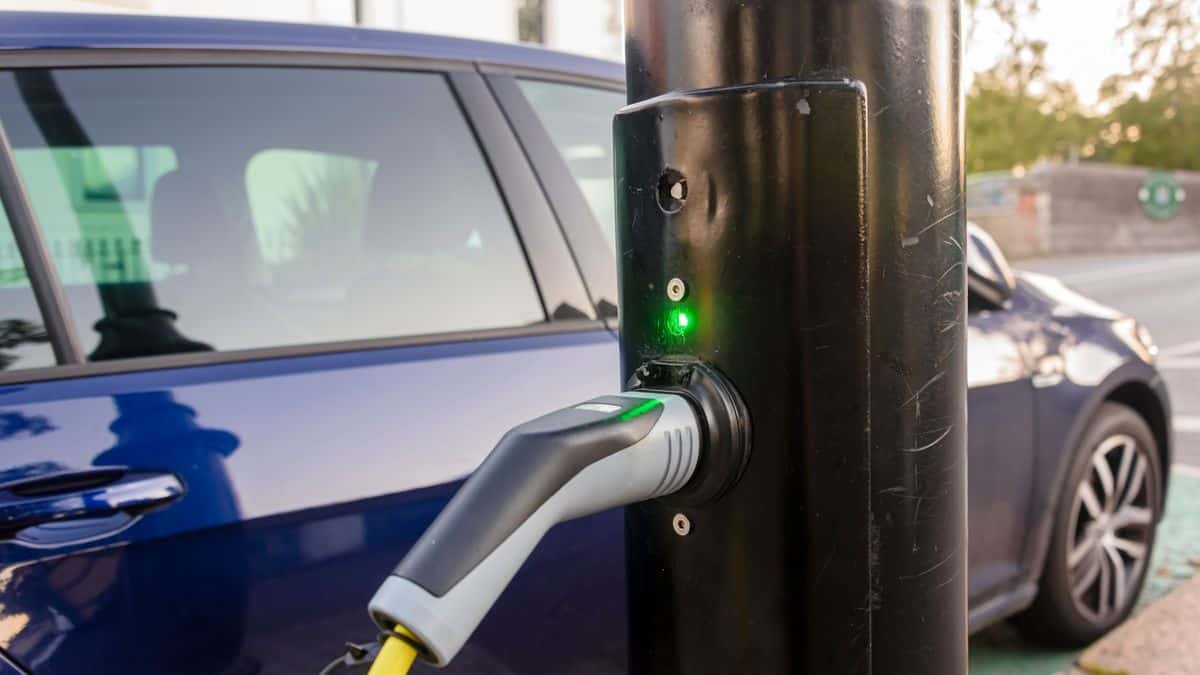The electric motor is the main component of an electric vehicle, while an electric battery powers it.
Two ways of charging EV batteries
Notably, there are two ways to charge an EV battery: AC charging and DC charging.
An alternating current-based charging, also known as AC charging, is an electrical current that periodically changes direction according to EVbox. It can be generated through wind turbines and transported over long distances. The power from the grid is also called AC. AC charging stations are more widely available than DC charging stations.
Tweet: Introducing the home charger of Thai EV charging company Phithangreen.
Spanish WallBox general agent, home charger and EV sold as a set.
The introduction of EVs in Japan was one of the first in the world, but it has not developed due to the lack of cooperation with charging infrastructure manufacturers, and is still left behind due to excessive misunderstandings.
A direct current, otherwise known as DC charging, moves in a straight line. It is given directly to the battery and generated through a solar panel. It may apply as energy storage. Also, it is primarily used on highways and charging stations. Its charging stations are typically more expensive to install and operate than AC. It can lead to higher costs for EV owners using DC charging. DC charging can charge multiple vehicles daily and may accompany renewable energy sources.
Overall, both AC and DC charging have their advantages and disadvantages. The choice to use will depend on various factors, including the type of EV, the location, and the charging needs of the driver.
See Also:
- How far will my EV drive on a charge?
- Can I charge my EV wirelessly?
- Can you drive and charge an electric car in the rain?
- Will EV chargers ever come to service stations?
- How many miles or recharges does the battery last?
In addition, most charging stations use AC charging to preserve the health of battery life and do not heat the battery. Car brands such as Ford recommend limiting DC charging to 80%, as frequent use may reduce the battery lifespan and efficiency.

